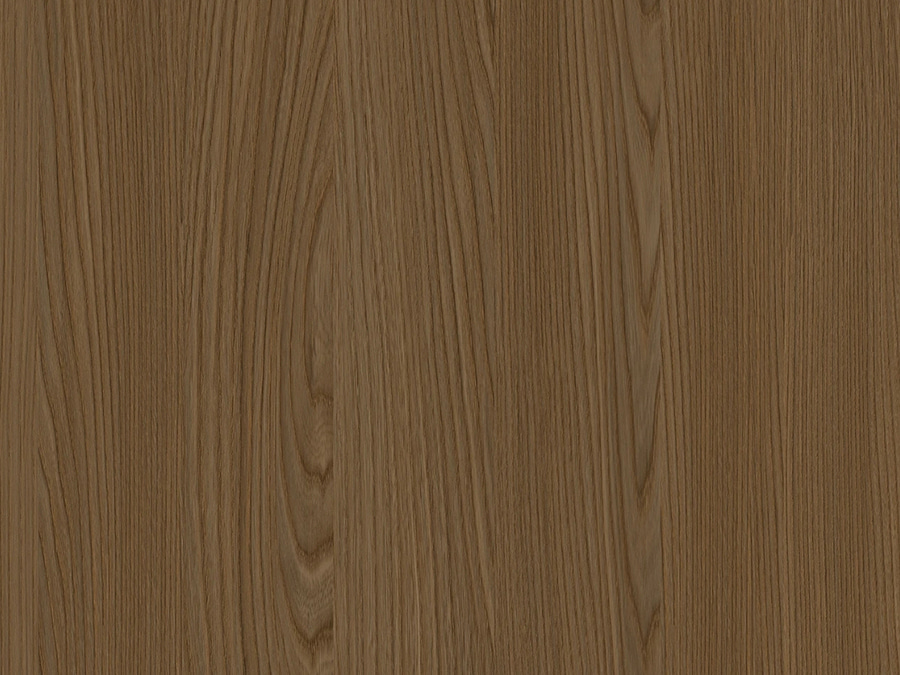The process of impregnating paper with melamine is an essential step in creating Elm Melamine Impregnated Paper, a material widely used in furniture production, cabinetry, and various industrial applications. Understanding this process not only helps in appreciating the technical quality of the paper but also sheds light on how it enhances the performance and durability of the final product. But what exactly happens when melamine is infused into paper, and how does this transformation impact its practical applications? Let’s take a closer look.
The process of melamine impregnation begins with a special kind of paper—often a cellulose-based material, like the wood pulp used in elm melamine paper. This paper is treated with a mixture of melamine resin, which is essentially a synthetic polymer made from melamine, formaldehyde, and other chemicals. The paper is first soaked in this resin under controlled conditions, allowing it to absorb the melamine solution deeply into its fibers. Once saturated, the paper is then dried and cured, typically under heat and pressure, to fully set the resin. This curing process ensures that the resin bonds firmly to the fibers of the paper, creating a rigid, durable surface that retains its form under stress and environmental conditions.
The infusion of melamine into paper offers several key benefits that significantly enhance the paper's performance. First and foremost, this treatment increases the paper’s durability. Melamine-impregnated paper is highly resistant to scratches, stains, and moisture, making it an ideal material for high-traffic surfaces, such as countertops, cabinet doors, and shelving. The paper’s ability to withstand wear and tear means it maintains its appearance longer, reducing the need for frequent replacements or repairs. Additionally, because melamine is heat-resistant, the impregnated paper can handle moderate heat exposure, such as hot dishes or appliances, without warping or discoloring.

The process also imparts moisture resistance to the paper, which is especially important for materials used in areas like kitchens or bathrooms. Regular paper or untreated wood may swell, warp, or degrade when exposed to humidity or direct contact with water, but the melamine resin effectively seals the paper, protecting it from these common issues. This makes it a popular choice for creating surfaces in environments where moisture and heat are frequently present, such as in commercial kitchens, bathrooms, or even in the marine industry.
Another aspect of melamine-impregnated paper is its aesthetic versatility. The process allows for a wide range of finishes and textures to be applied to the surface of the paper. Whether you prefer a glossy, matte, or even textured finish, the melamine impregnation process can create a smooth, resilient surface that mimics the look of wood, stone, or other premium materials. This not only adds to the visual appeal of the product but also provides a uniform, easy-to-clean surface, which is particularly desirable in residential and commercial settings.
The durability and moisture resistance provided by the melamine impregnation also make the paper easy to maintain. Unlike untreated wood or paper, which may require special coatings or regular maintenance, melamine-impregnated paper is simple to clean, often requiring just a wipe-down with a damp cloth. This makes it a practical choice for both domestic and commercial applications where hygiene and maintenance are a concern. In addition, the melamine resin makes the paper less prone to staining from common household substances like oils, inks, or beverages, further enhancing its long-term usability.
The overall performance of the final product made from Elm Melamine Impregnated Paper is a direct result of the impregnation process. The paper is no longer a simple, flexible material but rather a durable, functional surface that can withstand physical, environmental, and aesthetic stresses. Whether used for creating sleek, modern cabinetry or as a laminate for commercial surfaces, the melamine impregnation process elevates the paper from a basic decorative element to a robust, versatile material that can perform in demanding environments.


 English
English русский
русский











